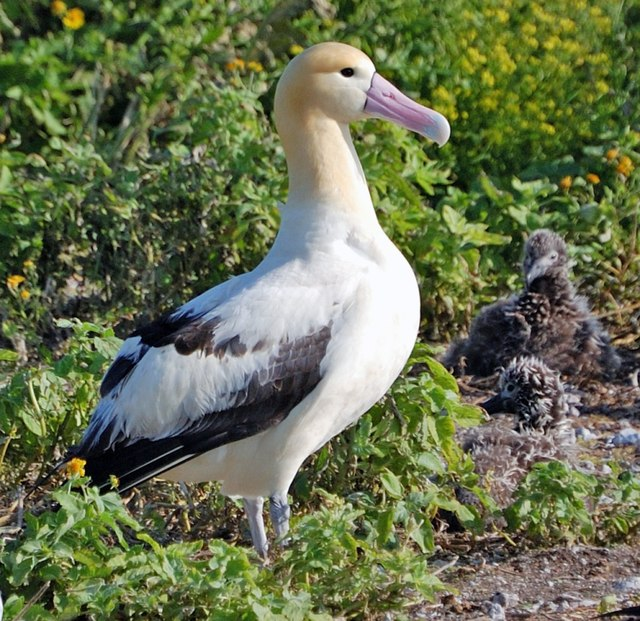Albatross: The Master of the Open Ocean
Introduction
The Albatross is one of the most remarkable seabirds, known for its extraordinary wingspan and unparalleled ability to glide over vast oceanic distances. Belonging to the Diomedeidae family, these majestic birds have long been associated with sailors and ocean explorers, symbolizing endurance and freedom.
Physical Characteristics
Albatrosses are among the largest flying birds, with wingspans reaching up to 12 feet (3.6 meters), allowing them to soar effortlessly for hours without flapping. They have strong, hooked beaks designed for catching fish and squid, and their predominantly white plumage is accented with dark markings on their wings and tails.
Habitat and Distribution
Albatrosses are primarily found in the Southern Hemisphere, particularly around Antarctica, South America, Australia, and South Africa. Some species also inhabit the North Pacific, nesting on remote islands. They spend most of their lives gliding over open oceans, only returning to land for breeding.
Diet and Feeding Habits
These seabirds primarily feed on fish, squid, and krill, often scavenging from fishing vessels. Their excellent sense of smell helps them locate food from great distances. Albatrosses use a technique called surface seizing, where they grab prey from the water while in flight or floating.
Behavior and Adaptations
Albatrosses are master gliders, using dynamic soaring techniques to harness wind currents for effortless flight. They can travel thousands of miles without rest, making them one of the most efficient long-distance fliers in the animal kingdom. Their strong pair bonds and elaborate courtship dances are also notable behaviors.
Nesting and Reproduction
Albatrosses form monogamous pairs that can last a lifetime. They breed on remote islands, laying a single egg per season. Both parents share incubation duties for over two months, and once hatched, the chick is cared for until it fledges, which can take several months.
Conservation and Ecological Importance
Many Albatross species are threatened by habitat destruction, climate change, and bycatch in commercial fisheries. Conservation efforts, including tracking programs and protected breeding sites, are crucial for their survival. As top predators, Albatrosses play an essential role in marine ecosystems by regulating fish and squid populations.
Conclusion
The Albatross is a truly magnificent seabird, embodying the spirit of the open ocean. Its incredible flight abilities, strong pair bonds, and ecological role make it a subject of admiration and conservation concern. Protecting these majestic birds ensures that they continue to soar across the world’s oceans for generations to come.











0 Comments